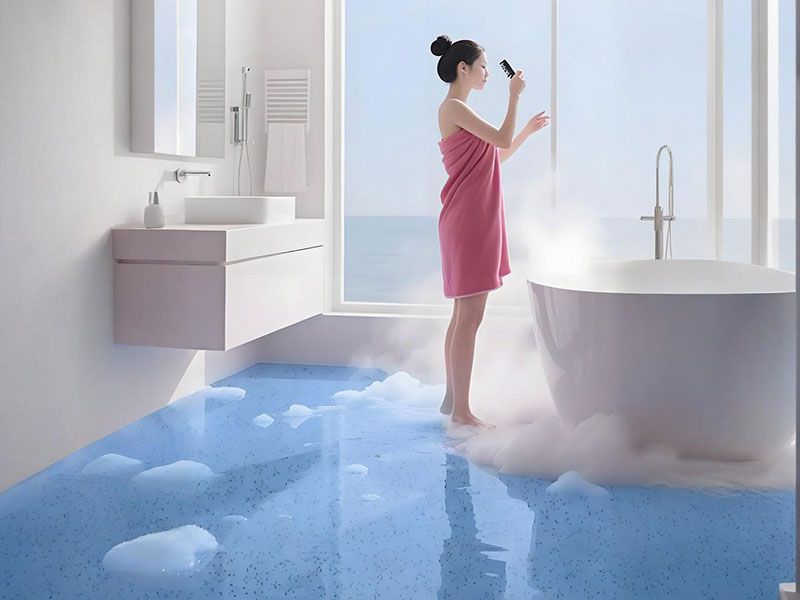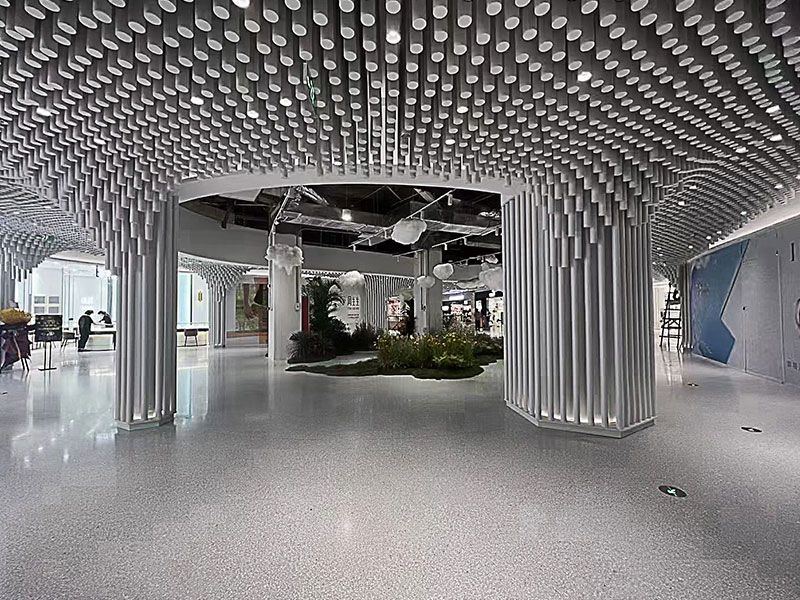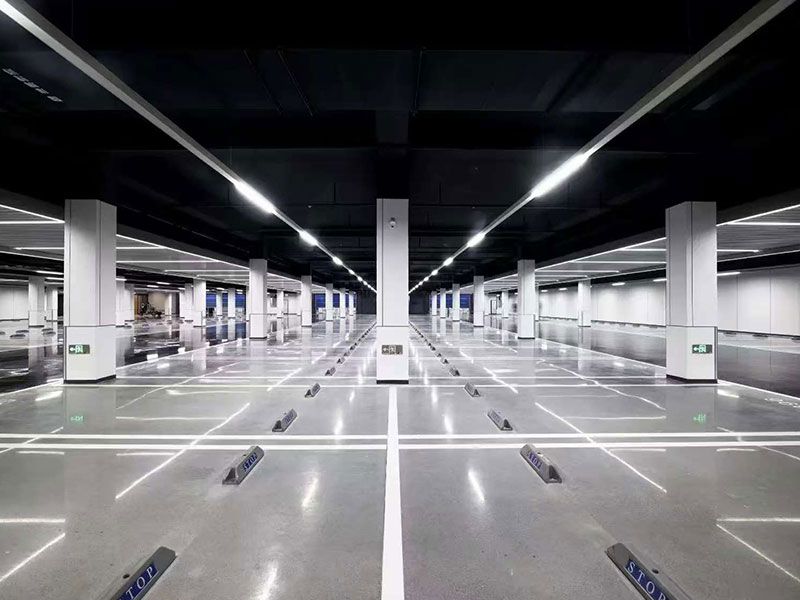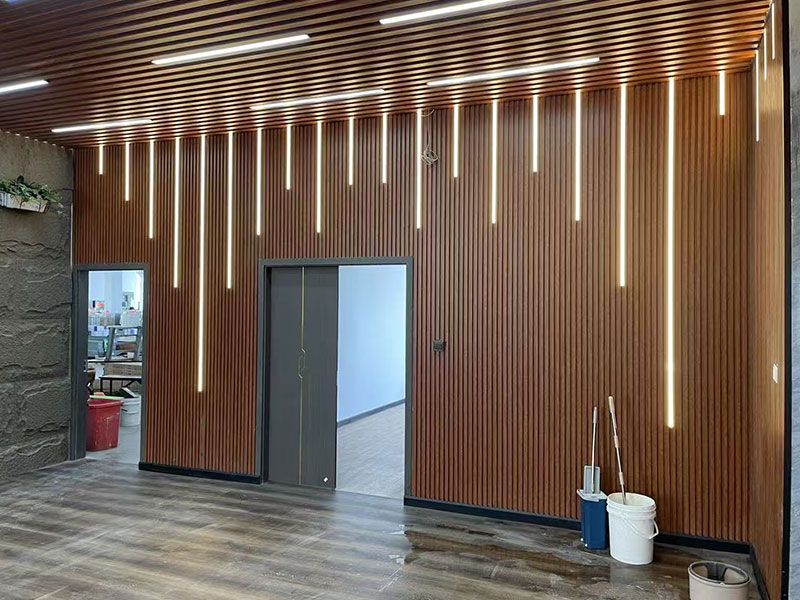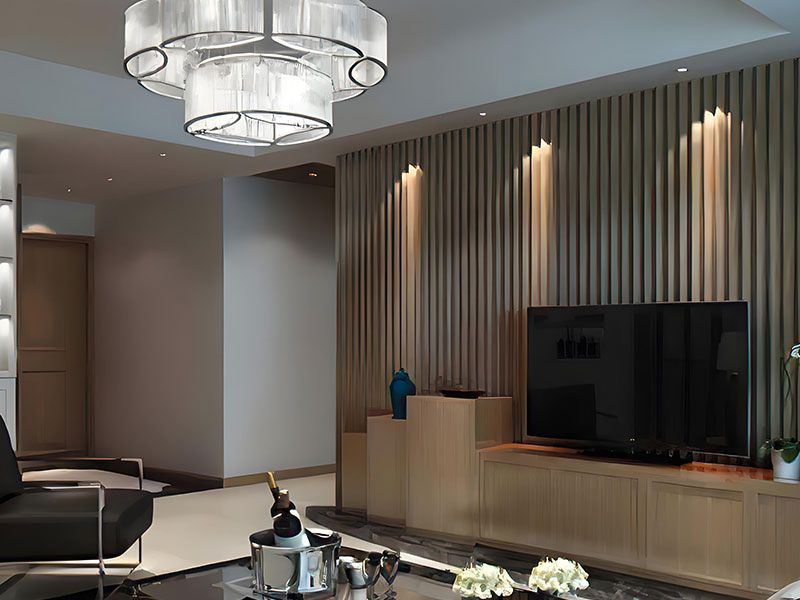Unbreakable Foundation: Why Epoxy Colored Sand Flooring is the Gold Standard for Manufacturing and Workshop Facilities
In the demanding environment of manufacturing plants, industrial workshops, and maintenance facilities, the floor is not just a surface—it’s a critical piece of infrastructure. It must withstand relentless abuse from heavy machinery, abrasive traffic, chemical spills, and high-impact loads, all while ensuring worker safety and maintaining hygiene standards.
For these rigorous industrial settings, epoxy colored sand flooring systems—often utilizing colored quartz aggregate—stand out as the definitive high-performance solution.2 This seamless, multi-layered system offers a combination of durability, safety, and operational efficiency that standard concrete or thin-coat paints simply cannot match.
The Industrial Gauntlet: Floor Challenges in a Workshop
Industrial floors face stresses far exceeding those of commercial spaces:
- Extreme Mechanical Stress: Constant forklift and pallet jack traffic, heavy equipment vibration, and high-point loads.
- Severe Abrasion: Dragging tools, grinding operations, and grit being tracked across the floor.
- Chemical Exposure: Regular spills of oils, fuels, solvents, acids, coolants, and potent cleaning agents.
- Safety Risks: High likelihood of wet, oily, or dusty surfaces leading to slip-and-fall hazards.
- Thermal Shock: Exposure to heat from welding or rapid temperature changes from wash-downs.
The Engineered Solution: Epoxy Colored Sand
The epoxy colored sand system is a heavy-duty, monolithic (seamless) floor coating that gains its immense strength from the integration of hard, colored quartz or other aggregates into a thick, 100% solids epoxy matrix.
1. Unmatched Compressive Strength and Durability
This system is engineered for battle. The sheer density achieved by mixing the epoxy with high-strength aggregate creates a floor that is several times stronger than unsealed concrete.
- Withstands Heavy Loads: The high compressive strength allows the floor to endure the weight of large production machinery and the stress of repeated impact from heavy equipment without cracking or spalling.
- Superior Abrasion Resistance: The quartz granules act as a phenomenal wear surface, protecting the epoxy from scratches and gouges caused by steel wheels, scraping metal, and constant forklift movement, drastically extending the floor’s lifespan.
2. Chemical and Impermeable Protection
In a facility where chemicals and fluids are a daily reality, the floor must be an impenetrable shield.
- Seamless Barrier: The cured epoxy system forms a continuous, non-porous surface that completely seals the underlying concrete.This prevents oils, fuels, solvents, and corrosive chemicals from soaking in, which would otherwise degrade the concrete and require costly remediation.
- Stain Resistance: Spills sit on the surface, allowing maintenance crews to clean them quickly and effectively, preventing permanent staining and maintaining a professional appearance.
3. Crucial Safety and Slip Resistance
Worker safety is paramount, and the floor plays a direct role in minimizing accidents.
- Engineered Texture: The broadcast aggregate provides an adjustable, high-traction texture that significantly improves the Coefficient of Friction (COF).This is non-negotiable in wet or oily areas like wash bays, mixing zones, or around machinery where spills are common.
- Customizable Profile: Installers can adjust the density and size of the aggregate to tailor the slip resistance—from a slightly textured finish in dry assembly areas to a very aggressive profile on ramps or in wet processing zones.
4. Operational Benefits and Zoning
The use of color in an industrial setting goes beyond aesthetics; it’s a vital tool for organization and safety.
- Safety Zoning and Wayfinding: Different colors of sand or epoxy can be strategically applied to clearly mark safety lanes, pedestrian pathways, equipment staging zones, hazardous material storage areas, or specific production cells.This compliance measure enhances operational efficiency and significantly reduces workplace accidents.
- Easy Maintenance & Hygiene: The seamless, non-porous nature of the epoxy makes cleaning fast and effective.There are no grout lines or pores for dirt, oil, and bacteria to hide, making the floor easy to power wash or scrub, which is essential for regulated industries and workshops focused on cleanliness.
Ideal Industrial Applications
| Facility Area | Key Benefit |
| Heavy Manufacturing | Withstands machinery vibration and extreme abrasion from metal parts. |
| Automotive/Repair Workshops | Resistance to oil, brake fluid, grease, and gasoline spills; excellent durability. |
| Assembly Lines | Defines clear work cells and pedestrian walkways for optimized flow and safety. |
| Loading Docks/Bays | Resilience against frequent, heavy impact and abrasive wear from dragging pallets. |
| Food & Beverage Processing | Non-porous, hygienic surface that resists microbial growth and harsh wash-down chemicals. |
Epoxy colored sand flooring is a strategic investment that offers manufacturing and workshop facilities a durable, safe, and organizationally superior foundation, transforming the concrete slab into a high-performance asset built to last.
